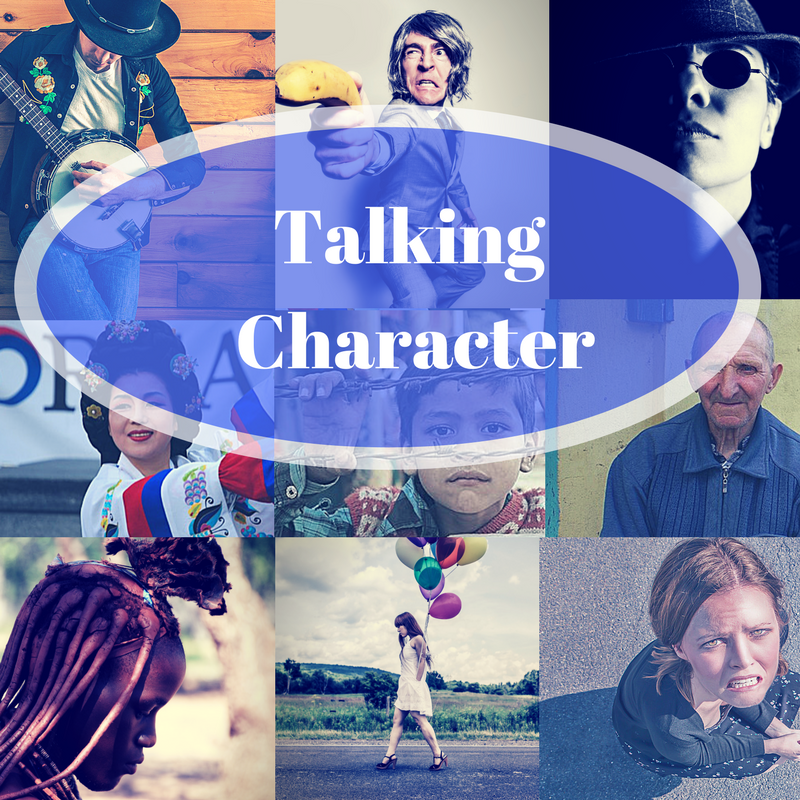
Building Characters: Start with What You Know
If you’ve ever been involved in building a house or a major remodeling project, you understand how overwhelming it…
July 20, 2018
If you’ve ever been involved in building a house or a major remodeling project, you understand how overwhelming it…
July 20, 2018
Every fictional character has an entire life’s worth of backstory that happened prior to the opening of your novel.…
June 20, 2018
Do you have a method for capturing the bits and pieces you use to create memorable, complex characters? If…
May 20, 2018
You can learn a lot about a person by visiting their house or office. A writer can use that…
April 17, 2018
Why do we love a good series? Because we love the characters and the kinds of situations they get…
March 20, 2018
Sometimes fiction authors write about real people. Especially those who write historical fiction. Real historical characters can add a…
February 20, 2018
Plot and character. Two halves of any great story. Both are critical, whether you are telling a character-driven literary…
January 20, 2018
A character bio is a collection of information that delineates and describes a fictional character. It is a tool…
December 20, 2017
Anger comes in many shades, from miffed to murderous. Each shade looks and feels different. When a person is…
November 20, 2017
The trickiest part about conveying confusion is to convey it clearly, without confusing the reader. Ann Hood in Creating…
October 20, 2017
Do you always tell the truth? Do you use the same tone and vocabulary when speaking to your friends…
September 20, 2017
Dig deep and you’ll find attitude, and when you find attitude, you find voice. ~ James Scott Bell in…
August 20, 2017
I was once in a bus full of high school students when I heard a boy behind me read…
July 19, 2017
A writer must find the perfect balance when describing characters, especially when introducing them to a reader for the…
June 19, 2017
Can you describe you characters with only two words? I ran across this simple question in James Scott Bell’s…
May 19, 2017
In any good story, the protagonist can only achieve her external story goal by first overcoming a deep inner…
April 19, 2017
A protagonist without a clear goal has nothing to figure out and nowhere to go. Lisa Cron in Wired…
March 19, 2017
What is your main character’s goal? The thing that drives her through the story, no matter how many obstacles…
February 19, 2017
Go shopping This non-writing exercise can help you connect with your character in a tangible way, by interacting with…
January 19, 2017
We writers love our protagonists. We give them a few flaws and quirks, but we know that underneath their…
December 19, 2016
The heroine of the mystery novel I am working on needs certain qualities to be a good sleuth. Things…
November 19, 2016
I struggle when it comes to writing descriptions of character emotions. I know better than to simply tell the…
October 19, 2016
If actions speak louder than words then a character’s body language is an important part of dialogue. And yet…
September 19, 2016
How we introduce our characters should be designed to create the reaction we want in our readers. Is the…
August 13, 2016
Scientific studies confirm that we humans make a host of judgments about a person based on the first few…
July 7, 2016